How are Ethiopian coffee beans graded? What's the difference between G1 and G3?
Professional coffee knowledge exchange more coffee bean information please follow the coffee workshop (Wechat official account cafe_style)
It is common to see what G1, G2 and G3 are written on the package of Essel beans. What do these represent? What is the difference between them?
Grading of Essel coffee beans
First of all, the Ethiopian Ministry of Agriculture has a department called CLU (Cupping and Liquoring Unit), which is responsible for the quality approval of exported coffee, which includes the very important responsibility of grade definition; CLU existed before ECX.
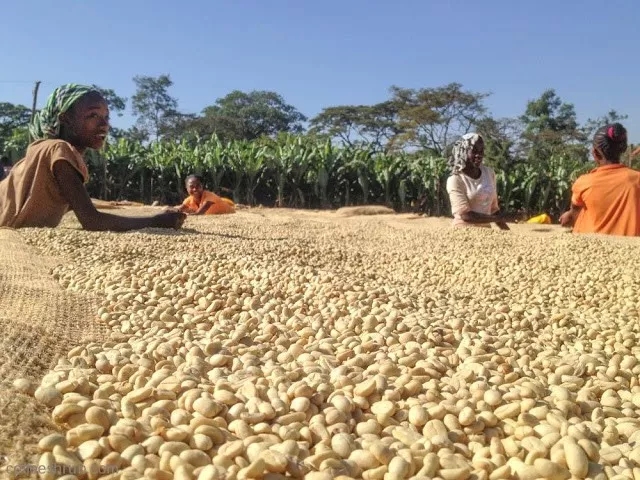
Before the advent of ECX, for washed coffee, the export grade was G1 and G2; for sun-cured coffee, the export level was G3, G4, G4, G5, which means that the highest level of sun exposure was G3.
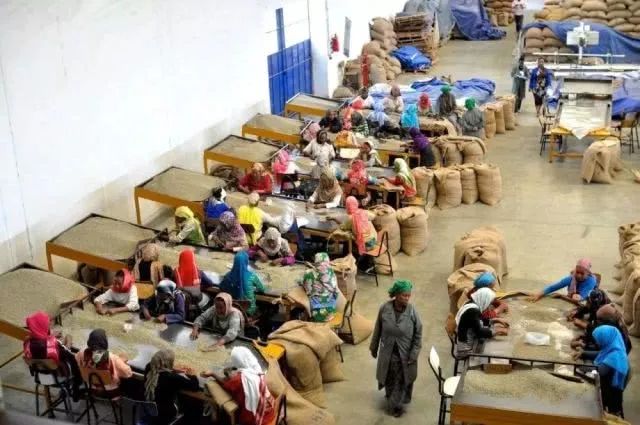
After the emergence of ECX, there is a redefinition of classification, and there is no difference in the classification name of washing, while the definition of sunlight appears for the first time G1, which is why Esser's sunburn is G1 and G2, while G3 begins to decrease slowly.
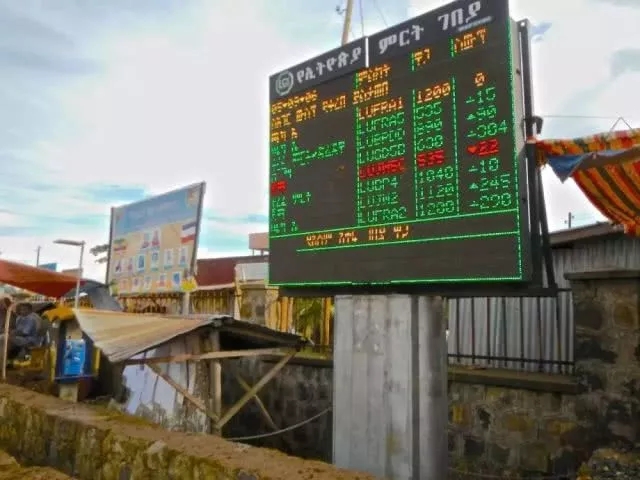
Ethiopia's old grading method was simply classified according to the number of defects. The highest grade of beans washed with water was Grade 1-G1 and the highest grade of sunlight was Grade 3-G3. The current grading method is based on the combination of physical attribute characteristics and cup flavor characteristics established by ECX.
All coffee is defined as three types according to the way it is treated, insolated or washed:
A. Speciality (washed & unwashed): the number of defects is small, and the cup test has high flavor quality.
B. Commerical (washed & unwashed): not up to the boutique level, but higher than the domestic consumption grade
C. Local / Domestic (washed & unwashed): coffee with a large number of defects (unripe beans), out of season and poor storage.
Among them, Specialty and Commerical are aimed at the international export market, and Local is the coffee sold for the domestic market.
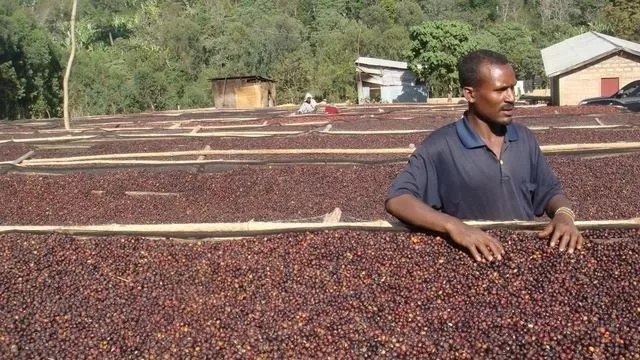
The specific grading and scoring criteria of ECX are as follows:
a. Score definition of washing treatment method
1. Physical characteristics account for 40%: number of defects (20%), appearance size (10%), color (5%), smell (5%).
2. 60% of the cup quality: cleanliness (15%), acidity (15%), taste (15%), flavor characteristics (15%).
b. Score definition of solarization treatment
1. Physical characteristics account for 40%: number of defects (30%), odor (10%)
2. 60% of the cup quality: cleanliness (15%), acidity (15%), taste (15%), flavor characteristics (15%).
c. Overall summary:
1. According to the method of treatment, all coffee is classified as: sun exposure, water washing.
two。 Each scored 9 grades of G1-G9 according to physical characteristics and cup test basic quality.
3. The G1-G3 was tested again according to the SCAA standard, and its flavor properties were evaluated in more detail, and the G1 and G2 with no less than 85 points were rated as Q1.
4. It is rated as Q2 for G1meng G2 G3 between 80 and 85, and G3 for all G1 Magi G2 G3 with scores below 80.
5. Q1 and Q2 are classified as Specialty Grade exports. G4-G9 kept the original grade unchanged and was classified as CommercialGrade export together with G3.
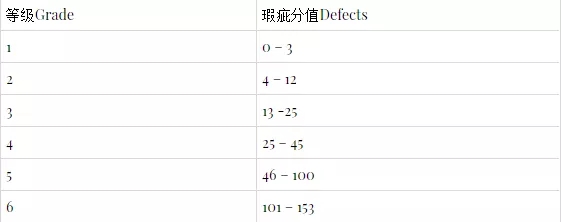
Washed beans Grade1 represents 3 defective beans per 300g raw beans, and Grade2 represents 4 defective beans per 300g. Of course, in fact, the standards of defective beans between sellers and buyers must be a little different (otherwise, why else can we pick out so many defective beans? ), but the comparison of defect rates is still easy to tell. The defective beans in the G1 are significantly less than those in the G2, which means that, excluding the effects of specific flavor and roasting, Ethiopian G1 coffee beans are of higher quality and higher score than G2 coffee beans, at least clearly distinguishable in terms of defective flavor.
What's the difference between G1 and G3?
We now know that G1 and G2 are Ethiopian coffee grades, so what's the difference in flavor? The editor chose Sidamo Solar G1 and G3 to compare!
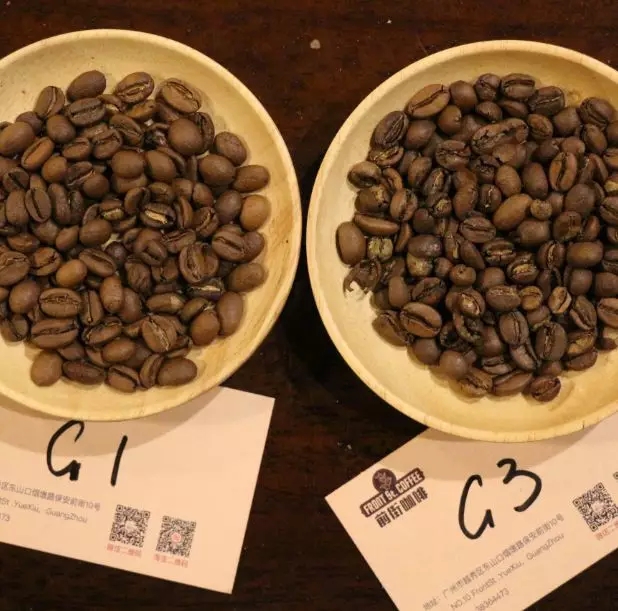
From the beans, we can see that the overall appearance of G1 is much better than that of G3, it looks more uniform, and there are relatively few defective beans.

Through cup test and comparison, we found that Solar Sidama G1 and G3 are good in sweetness and sour quality, but G1 is clearer and brighter in flavor.
In fact, if it is not compared to drink, then the difference between the two will not be too big, G1, G3 is mainly in the difference in defect rate, from the appearance of beans will be more obvious, and G1 beans will have less defective flavor.
Important Notice :
前街咖啡 FrontStreet Coffee has moved to new addredd:
FrontStreet Coffee Address: 315,Donghua East Road,GuangZhou
Tel:020 38364473
- Prev

How do you brew Harald coffee? can Harald coffee be made with milk? what's the difference in flavor?
For more information on coffee beans, please follow the coffee workshop (Wechat official account cafe_style) Ethiopia produces very complex coffee, so there are different planting areas and varieties that produce unique and unique characteristics in their processed coffee-Harald coffee from natural simplicity and wine, interesting tropical fruits, plums and plums from Lekempti.
- Next
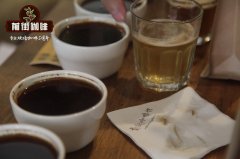
Which kind of brewing Ecuadorian espresso is suitable for the flavor characteristics of Ecuadorian coffee?
Professional coffee knowledge exchange more coffee bean information please follow the coffee workshop (Wechat official account cafe_style) are you ready to be blown away by Ecuadorian espresso? Some cafes surprise you. Hidden in the dark streets, they are humble on the outside and humble on the inside, suggesting nothing different. It's only after the first sip that you realize
Related
- Beginners will see the "Coffee pull flower" guide!
- What is the difference between ice blog purified milk and ordinary milk coffee?
- Why is the Philippines the largest producer of crops in Liberia?
- For coffee extraction, should the fine powder be retained?
- How does extracted espresso fill pressed powder? How much strength does it take to press the powder?
- How to make jasmine cold extract coffee? Is the jasmine + latte good?
- Will this little toy really make the coffee taste better? How does Lily Drip affect coffee extraction?
- Will the action of slapping the filter cup also affect coffee extraction?
- What's the difference between powder-to-water ratio and powder-to-liquid ratio?
- What is the Ethiopian local species? What does it have to do with Heirloom native species?

